As an industry, it’s fair to say we can improve our ability to match stocking rate to carrying capacity. When the critical date gets close, it’s time to get out in the paddock and calculate how much feed you have available to last through to the next growing season.
As discussed in the video above with our Chief of Delivery, David McLean, there are several ways to estimate the available feed. The method you use to make a physical estimate will depend on your experience level.
Making a Physical Estimate of Feed Requirements
If you’re a seasoned feed budgeter, you’ll be able to quickly and accurately estimate feed by eyeballing your paddocks. When you’ve done a lot of feed budgeting and monitoring via a grazing chart, you’ll be able to estimate yield in stock days per hectare (SDH) or DSE days per hectare (DDH).
If you’re more comfortable estimating how many livestock you think the paddock will carry based on past seasons, you can convert this information to SDH. Conversion is possible using the AU calculator and formula provided in our GrazingforProfit® or RCS Grazing Clinic (Hint: SDH = (LSU x Days)/ha. DDH = (DSE x Days)/ha).
If you use a grazing chart to measure what your animals have actually removed from paddocks during and after a graze, then you can ‘calibrate’ your estimates using your livestock and become quite accurate at feed budgeting.
New players will need to be more hands-on. If this is you, we suggest the ‘stepping out the square’ method. You can do this by stepping out the area required to feed one LSU or DSE for one day and converting that to SDH or DDH. Anyone who’s attended the Grazing for Profit School or RCS Grazing Clinic will have experience with this from the field trip. This method works in even country where it’s easy to find an area representative of the paddock, but it’s not so accurate in uneven country (Hint: SDH/DDH = 10,000m2 / number of m2 for one LSU/DSE for one day).
Forecasting Your SDH/100mm or DDH/100mm
SDH/100mm and DDH/100mm demonstrate the relationship between the rolling twelve-month feed you have used and expect to use against the rolling twelve-month rainfall. Forecast this for upcoming months using your expected stocking rate (in DSE or LSU) and the probable rainfall and assess the trend.
Compare this to your benchmark SDH/100mm or DDH/100mm to determine if you need to consider lessening or increasing numbers. What you want to avoid is a situation where your rolling rainfall is declining, and the total feed your livestock are eating is increasing – that doesn’t end well!
Which Feed Estimate Method Should I Use?
We recommend you consider both physical estimates (what have you actually got) and the SDH/100mm or DDH/100mm forecasts in your future stocking rate decisions.
During your non-growing (rationing) periods, reviewing your physical estimates is vital to ensure you have enough feed to ration out.
The Importance of Making Good Decisions
Feed budgeting is a big decision with big economic repercussions. The decisions you make now will significantly impact your business over the next 12 to 18 months.
If you’re new to estimating paddock yield or just a bit rusty, RCS has experienced coaches and advisors who can help you work through the process and get you on the right track. Our team can guide you through the facets of feed budgeting—working out critical dates, calculating carrying capacity and matching stocking rate—and help you understand the financial implications of it all.
Get in touch, and our team will help you confidently make decisions to yield positive results.
Want to learn more about how to feed budget well? David shows you how in our self-paced, online course, Feed Budgeting 101.









